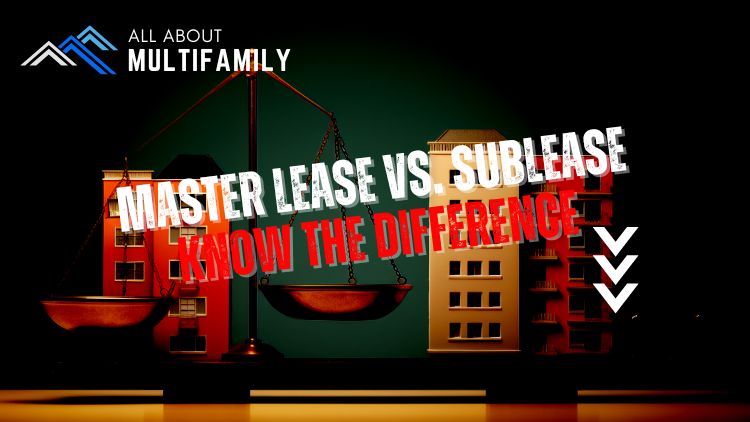When it comes to building long-term wealth, real estate investing is a popular choice for many individuals. One of the key factors that makes real estate investing so powerful is the concept of compounding. Similar to how compounding works in the world of finance, the power of compounding in real estate can significantly amplify your returns over time. In this article, we will explore how compounding works in real estate investing, provide a case example, and analyze the data to illustrate its impact.
Understanding the Concept of Compounding
Compounding is the process of reinvesting your investment returns to generate additional earnings over time. In real estate investing, compounding works in two main ways: through property appreciation and rental income.
Property Appreciation: Real estate has historically shown a tendency to appreciate in value over the long term. As the value of your property increases, the appreciation generates a higher return on your initial investment. The power of compounding comes into play when you reinvest this appreciation by either selling the property for a profit or using it as collateral to acquire more properties.
Rental Income: Real estate investing often involves generating rental income from tenants. As you receive rental payments, reinvesting that income back into acquiring additional properties or improving existing ones allows you to grow your real estate portfolio and increase your cash flow.
Case Example: The Power of Compounding in Real Estate
Let’s consider a case example to better understand the power of compounding in real estate investing.
Sarah, an investor, purchases a rental property for $200,000. She takes out a mortgage and makes a down payment of $40,000. The property generates a monthly rental income of $1,500, resulting in an annual rental income of $18,000.
Over the course of five years, Sarah diligently reinvests her rental income and manages to acquire an additional property each year. Each new property follows the same rental income pattern.
Year 1:
- Initial investment: $40,000
- Annual rental income: $18,000
Year 2:
- Initial investment: $40,000 (for the second property)
- Annual rental income: $36,000 (from both properties)
Year 3:
- Initial investment: $40,000 (for the third property)
- Annual rental income: $54,000 (from three properties)
Year 4:
- Initial investment: $40,000 (for the fourth property)
- Annual rental income: $72,000 (from four properties)
Year 5:
- Initial investment: $40,000 (for the fifth property)
- Annual rental income: $90,000 (from five properties)
After five years, Sarah now owns five rental properties with a total annual rental income of $90,000. This substantial increase in income is a result of the power of compounding. Sarah’s initial investment of $40,000 has multiplied into a significantly higher income stream.
Data Analysis: Impact of Compounding
Let’s analyze the data to understand the impact of compounding on Sarah’s real estate portfolio.
Year 1:
- Number of properties: 1
- Initial investment: $40,000
- Annual rental income: $18,000
Year 5:
- Number of properties: 5
- Initial investment: $200,000 (total for all properties)
- Annual rental income: $90,000
As we can see, over the five-year period
, Sarah’s real estate portfolio has expanded from one property to five properties. The total initial investment increased to $200,000, but the annual rental income increased significantly to $90,000.
This growth demonstrates the power of compounding in real estate investing. By reinvesting the rental income and acquiring additional properties, Sarah has not only multiplied her initial investment but also created a substantial and growing income stream.
Conclusion
The power of compounding in real estate investing is a remarkable force that can exponentially increase your wealth over time. By reinvesting property appreciation and rental income, you can grow your real estate portfolio and generate a higher cash flow. The case example and data analysis showcased how Sarah’s initial investment of $40,000 multiplied into a substantial annual rental income of $90,000 within five years.
As with any investment, it’s crucial to conduct thorough research, consider market conditions, and consult with professionals before making investment decisions. Real estate investing offers the potential for long-term wealth accumulation, and harnessing the power of compounding can significantly enhance your returns and financial success.














































![An In-Depth Look at Jake and Gino's Coaching Program [A Review]](https://allaboutmultifamilyinvesting.com/wp-content/uploads/2023/10/AAM-BMP-Blog-Covers-750-×-422px-6.jpg)


![Email Marketing Tips for Multifamily Real Estate Syndicators to Raise Capital [Templates included]](https://allaboutmultifamilyinvesting.com/wp-content/uploads/2023/09/AAM-BMP-Blog-Covers-750-×-422px-4.jpg)






![The Richest Kids In America [Book Review]](https://allaboutmultifamilyinvesting.com/wp-content/uploads/2023/09/AAM-BMP-Blog-Covers-750-×-422px-84.jpg)
















